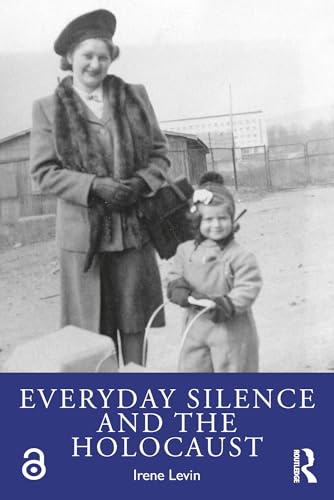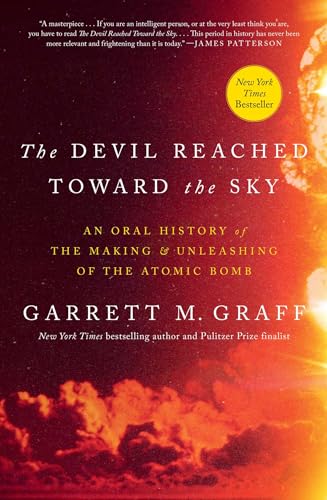
Munich, 1938
by David Faber
"Appeasement and World War II"
Popularity
4.59 / 5
* A book's popularity is determined by how it compares to all other books on this website.
Where to buy?
Buy from Amazon* If you buy this book through the link above, we may receive a small commission at no extra cost to you.
Munich, 1938 by David Faber
Details
War:
World War II
Perspective:
Researcher
True Story:
Yes
Biography:
No
Region:
Europe
Page Count:
538
Published Date:
2009
ISBN13:
9781439149928
Description
Main Themes and Topics
"Munich, 1938" by David Faber provides a nuanced exploration of one of the most precarious diplomatic negotiations preceding World War II. The central theme revolves around the policy of appeasement, as embodied by British Prime Minister Neville Chamberlain, and its profound impact on European geopolitics. Faber meticulously chronicles the events leading up to the Munich Conference and the subsequent agreement, capturing the tense atmosphere of 1938 Europe.
Another prominent topic in the book is the intricate political dynamics and personal interactions among the statesmen of the era, including Chamberlain’s engagements with Adolf Hitler, Lord Halifax's troubled dialog with Hitler, and Chamberlain's secretive talks with Mussolini. Additionally, the book delves into the internal discord within Hitler’s regime and the broader implications of these diplomatic maneuvers on countries such as Czechoslovakia, which was directly affected by the outcomes of the Munich Agreement.
Writing Style and Tone
David Faber is known for his engaging and detailed narrative style, and "Munich, 1938" exemplifies his ability to weave a compelling historical tale. The writing is both accessible and authoritative, inviting readers into the political war rooms and secretive corridors of power that defined the era. Faber's tone is analytical yet richly descriptive, allowing readers to grasp the weight and complexity of the historical events he describes. The book is filled with vivid imagery and well-researched details, offering readers a palpable sense of the tension and urgency that characterized this critical period in history.
Criticism
While "Munich, 1938" has been praised for its thorough research and captivating writing, some critics have pointed out that the book could benefit from a more in-depth analysis of the broader socio-political context that influenced the decisions of its central figures. Others may find Faber's focus on the personalities of the key players slightly limits the exploration of their decisions' wider repercussions. Nonetheless, these critiques are relatively minor in the face of the book's substantial strengths in delivering a detailed recounting of the events leading up to World War II.
Brief Summary (no spoilers)
"Munich, 1938" takes readers on a historical journey through the fraught political landscape of late 1930s Europe. The book focuses on the dramatic series of events surrounding the Munich Conference, where British Prime Minister Neville Chamberlain famously negotiated with Adolf Hitler in an attempt to achieve peace. The narrative covers crucial interactions and decisions by world leaders, as well as regional developments, culminating in the signing of the Munich Agreement. Faber extends beyond the surface to offer readers insight into the covert negotiations, political infighting, and the theatrical display of diplomacy that defined this precarious moment in history.









